Sequence of plantings
jfhspike
13 years ago
Related Stories

GARDENING GUIDESGreat Design Plant: Iris Versicolor
A versatile native iris for bridging wet and dry gardens
Full Story
GARDENING GUIDESGreat Design Plant: Verbena Stricta Tolerates Tough Spots
With its subtle beauty and long-lasting flowers, this pollinator pleaser is a boon to wilder areas
Full Story
GARDENING GUIDESMake Sure You Read This Before Buying New Plants
Follow these 10 plant-selection tips to avoid buyer’s remorse
Full Story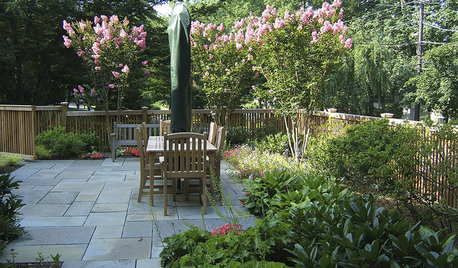
GARDENING GUIDESGreat Design Plant: Crape Myrtle
With long-lasting blooms and gorgeous exfoliating bark, this ornamental tree brings bright color and a unique form to the landscape
Full Story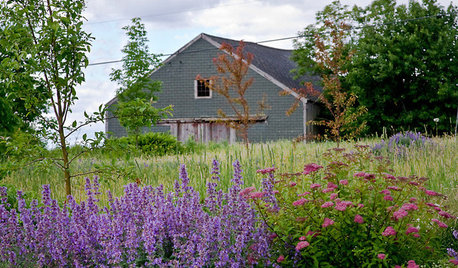
GARDENING AND LANDSCAPINGLandscape Tour: Two Acres of Rural Hillside in Maine
An orchard of crab apples, a grove of sugar maples, even a hayfield ... pastoral landscape beauty doesn't get more idyllic than this
Full Story
GARDENING GUIDES6 Steps to Creating Your Butterfly Garden
Encourage these fanciful winged beauties to visit your garden while helping restore their fragmented habitat
Full Story
PLANTING IDEASStretch the Budget, Seasons and Style: Add Conifers to Your Containers
Small, low-maintenance conifers are a boon for mixed containers — and you can transplant them to your garden when they’ve outgrown the pot
Full Story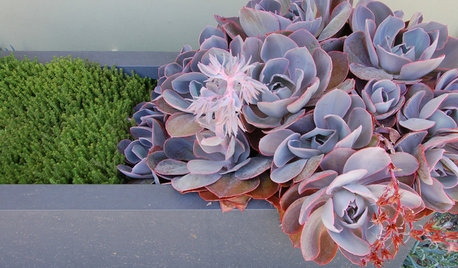
SUCCULENTSGrow a Garden of Succulents for Easy Beauty
Low-water plants in a wide range of colors, shapes and sizes? Sign us up — and check out our faves here
Full Story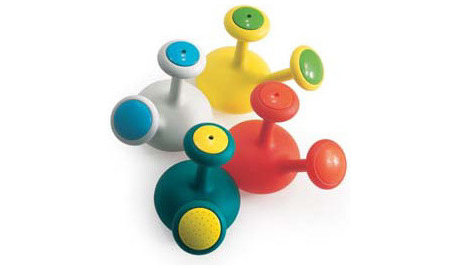
PRODUCT PICKSGuest Picks: 20 Stylish, Modern Watering Cans
Help indoor or outdoor plants sip in style with one of these fun watering cans
Full Story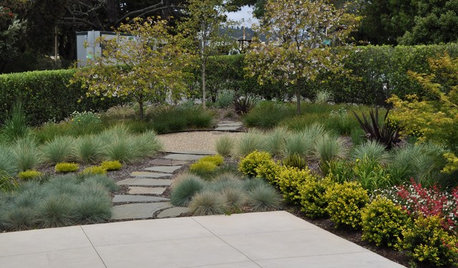
GARDENING AND LANDSCAPINGTeach Your Landscape Rhythm
Bring energy and movement to your landscape by applying this universal principle to your plant and paver designs
Full Story





momstar
marzy_the_gardener
Related Professionals
New Mexico Landscape Architects & Landscape Designers · Sahuarita Landscape Architects & Landscape Designers · Bound Brook Landscape Contractors · Dunwoody Landscape Contractors · Fountain Valley Landscape Contractors · Hayward Landscape Contractors · Lady Lake Landscape Contractors · Maywood Landscape Contractors · Santa Ana Landscape Contractors · York Landscape Contractors · Anaheim Fence Contractors · Lincolnwood Fence Contractors · Silver Spring Fence Contractors · Wake Forest Fence Contractors · West Bend Fence Contractorsheather38
jfhspikeOriginal Author
eaglesgarden
curt_grow
eaglesgarden
curt_grow
eaglesgarden
curt_grow
curt_grow
jfhspikeOriginal Author
eaglesgarden